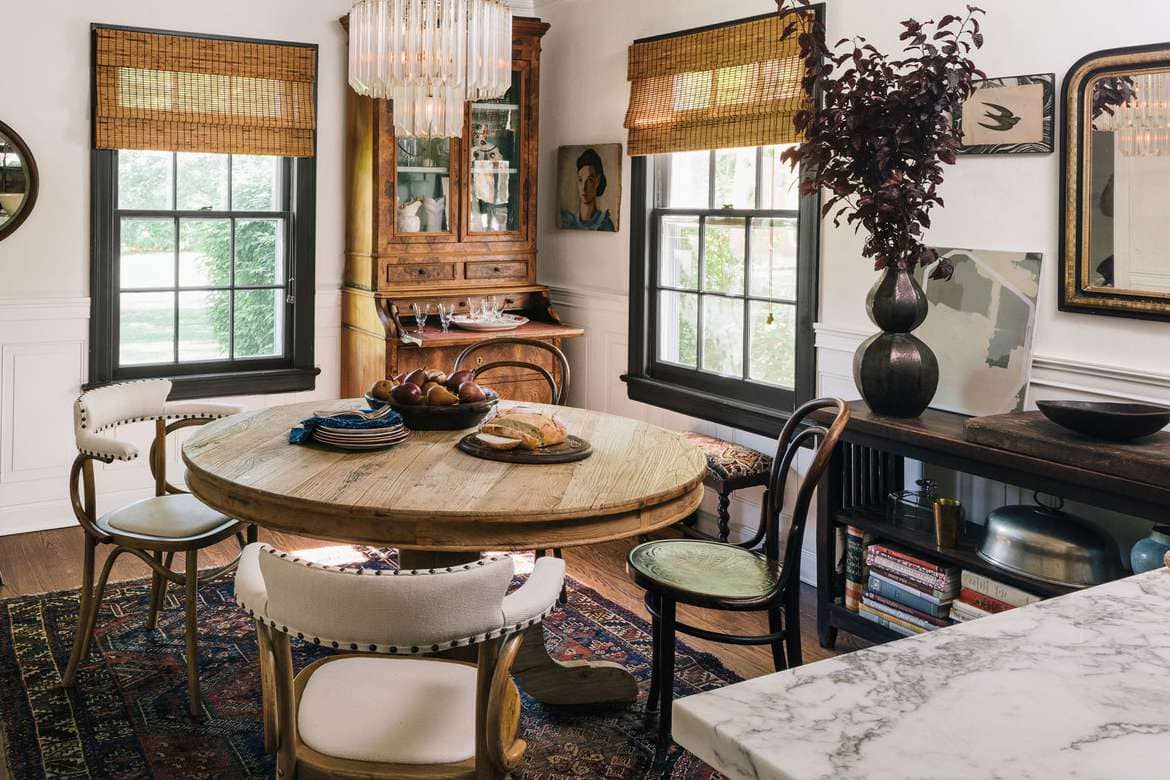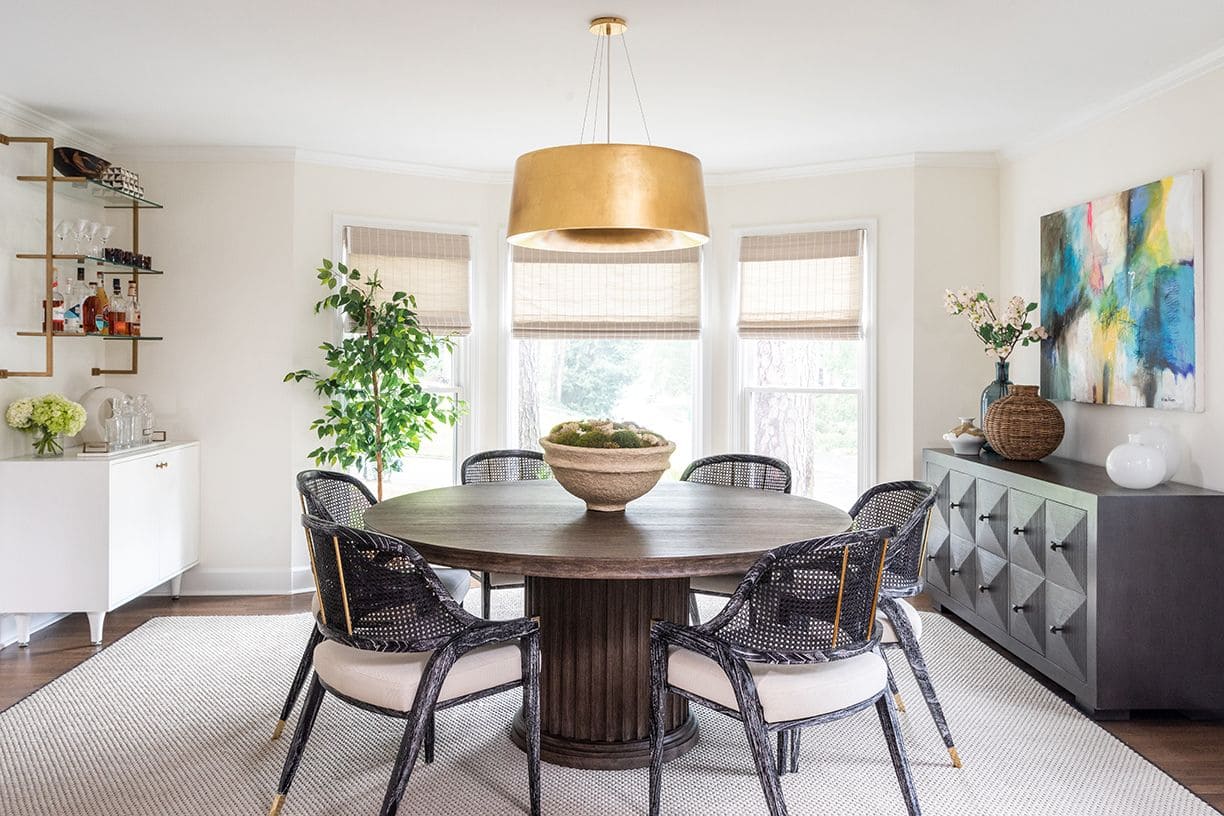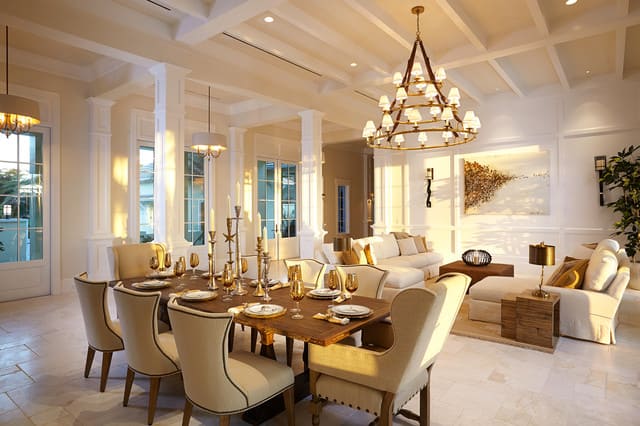Introduction
Modern design, with its clean lines, minimalist aesthetic, and emphasis on functionality, has become synonymous with contemporary living. From sleek interiors to innovative architecture, modern design continues to shape our urban landscapes and living spaces. In this comprehensive guide, we’ll delve into the principles, trends, and inspirations behind modern design, exploring its evolution and influence in today’s world.
Principles of Modern Design
At the core of modern design are several key principles that define its aesthetic and philosophy. Understanding these principles is essential for creating cohesive and impactful modern interiors and spaces. Here are some key principles of modern design:
- Simplicity: Modern design embraces simplicity in form and function. Clean lines, geometric shapes, and uncluttered spaces create a sense of openness and orderliness that promotes calmness and clarity.
- Functionality: Functionality is paramount in modern design. Every element serves a purpose, and furniture and decor are chosen for their utility as well as their aesthetic appeal. Multi-functional pieces and smart storage solutions help maximize space and efficiency in modern interiors.
- Minimalism: Minimalism is a hallmark of modern design, characterized by the use of minimal ornamentation and decoration. Less is more in modern interiors, with an emphasis on essential elements and negative space to create a sense of balance and harmony.
- Materials and Finishes: Modern design often incorporates a mix of natural and man-made materials, such as wood, metal, glass, and concrete. These materials are chosen for their durability, sustainability, and aesthetic versatility, with an emphasis on clean, sleek finishes.
- Open Floor Plans: Open floor plans are a common feature of modern design, promoting connectivity and flow between different areas of the home. By removing barriers and partitions, modern interiors create a sense of spaciousness and flexibility that enhances the overall living experience.
Trends in Modern Design
While modern design is rooted in timeless principles, it also evolves with changing tastes, technologies, and lifestyles. Several trends are shaping the landscape of modern design today, influencing everything from interior decor to architectural styles. Here are some notable trends in modern design:
- Biophilic Design:
- With a growing awareness of the importance of nature in promoting health and well-being, biophilic design has become a prominent trend in modern interiors. Incorporating natural elements such as plants, natural light, and organic materials, biophilic design seeks to reconnect occupants with the natural world, fostering a sense of calmness and vitality.
- Sustainable Design
- As sustainability becomes an increasingly pressing concern, modern design is embracing eco-friendly practices and materials. From energy-efficient appliances to recycled materials and green building techniques, sustainable design aims to minimize environmental impact while creating healthy and resilient spaces for living and working.
- Smart Home Technology:
- With the rise of smart home technology, modern design is becoming more integrated and connected than ever before. From automated lighting and climate control to voice-activated assistants and remote monitoring systems, smart home technology offers convenience, comfort, and efficiency in modern living spaces.
- Flexible Living Spaces:
- In response to changing lifestyles and urban environments, modern design is prioritizing flexibility and adaptability in living spaces.
- Bold Colors and Patterns:
- While minimalism remains a key tenet of modern design, there is a growing trend towards incorporating bold colors and patterns to add personality and interest to interiors.
Inspirations from Modern Design Icons
The world of modern design is rich with iconic figures whose innovations and creations have left a lasting legacy on the design world. Drawing inspiration from these visionaries can help inform and influence your own approach to modern design. Here are a few notable figures and their contributions to modern design:
- Ludwig Mies van der Rohe:
- A pioneer of modern architecture and design, Mies van der Rohe is best known for his minimalist approach and famous dictum “less is more.” His iconic furniture designs, such as the Barcelona chair and the Brno chair, exemplify the principles of modern design with their clean lines, sleek finishes, and timeless elegance.
- Le Corbusier:
- His principles of “the five points of architecture” and his iconic furniture designs, such as the LC series and the chaise longue, have had a profound influence on the development of modern design and architecture.
- Eileen Gray:
- An Irish-born architect and designer, Eileen Gray was a leading figure in the modernist movement of the early 20th century.
Conclusion
Modern design continues to shape our built environment and living spaces with its timeless principles, innovative trends, and iconic inspirations. By embracing simplicity, functionality, and creativity, modern design offers endless possibilities for creating spaces that are beautiful, efficient, and inspiring.





